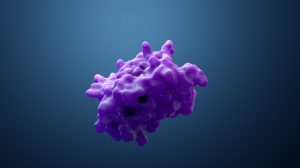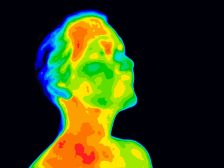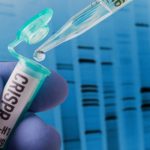Definition
noun, plural: yellow fever viruses
A Flavivirus species containing positive-sense, single-stranded RNA with about 11,000 nucleotides enveloped by an icosahedral structure (with 40- to 50-nm diameter), and is the causative agent of the disease, yellow fever
Supplement
The yellow fever virus belongs to the genus, Flavivirus. Flavivirus species are characterized by having a positive-sense, single-stranded RNA of about 10,000 to 11,000 bases encased in an icosahedral envelope. The genome codes or three structural proteins: capsid protein (C), membrane protein M (prM), and envelope protein (E). It also codes for seven nonstructural protein molecules: NS1, NS2a, NS2b, NS3, NS4a, NS4b, NS5.
The yellow fever virus is an arbovirus. It makes use of an arthropod as vector. In particular, it utilizes mosquitoes, especially Aedes aegypti, for its transmission to another host.
The yellow fever virus is the causative agent of yellow fever. Yellow fever is an acute febrile illness transmitted by a bite of a mosquito, e.g. Aedes aegypti, infected with yellow fever virus. The virus replicates in the lymph node. The viruses are capable of infectsing the dendritic cells. They may also invade the host’s liver and infect the hepatocytes. Liver damage causes the yellowing of the skin (jaundice) of the host. This is the reason this condition is called yellow fever. When the viral infection leads to significant liver damage, the disease could become severe and life-threatening to the host. The disease is formerly called black vomit. It is because bleeding in the mouth, the eyes, and the gastrointestinal tract may result in a vomit containing blood. The disease is most prevalent in tropical and subtropical areas of South America and Africa.
Scientific classification:
- Family: Flaviviridae
- Genus: Flavivirus
See also:







